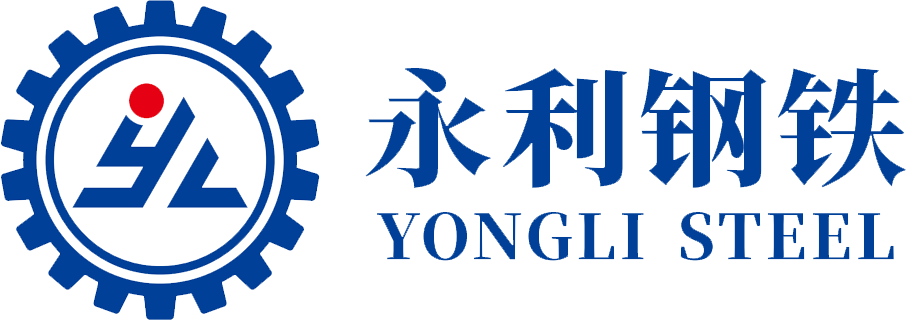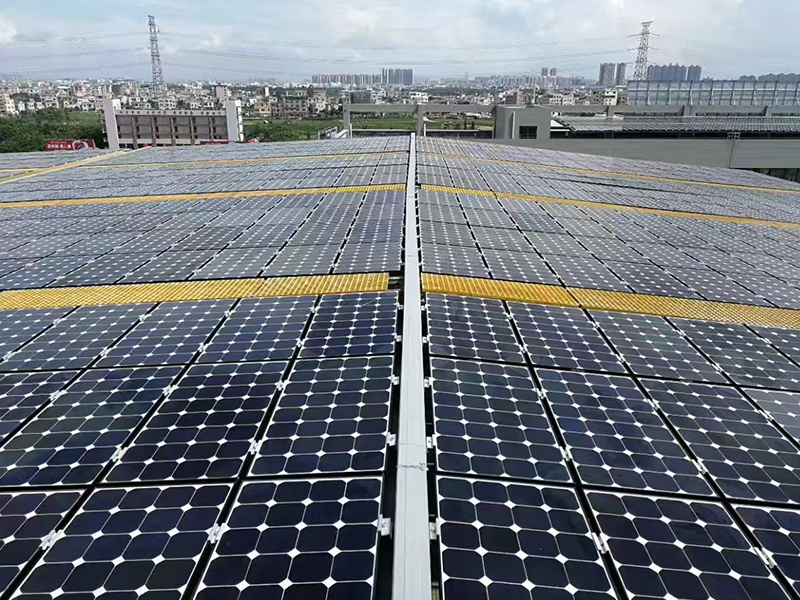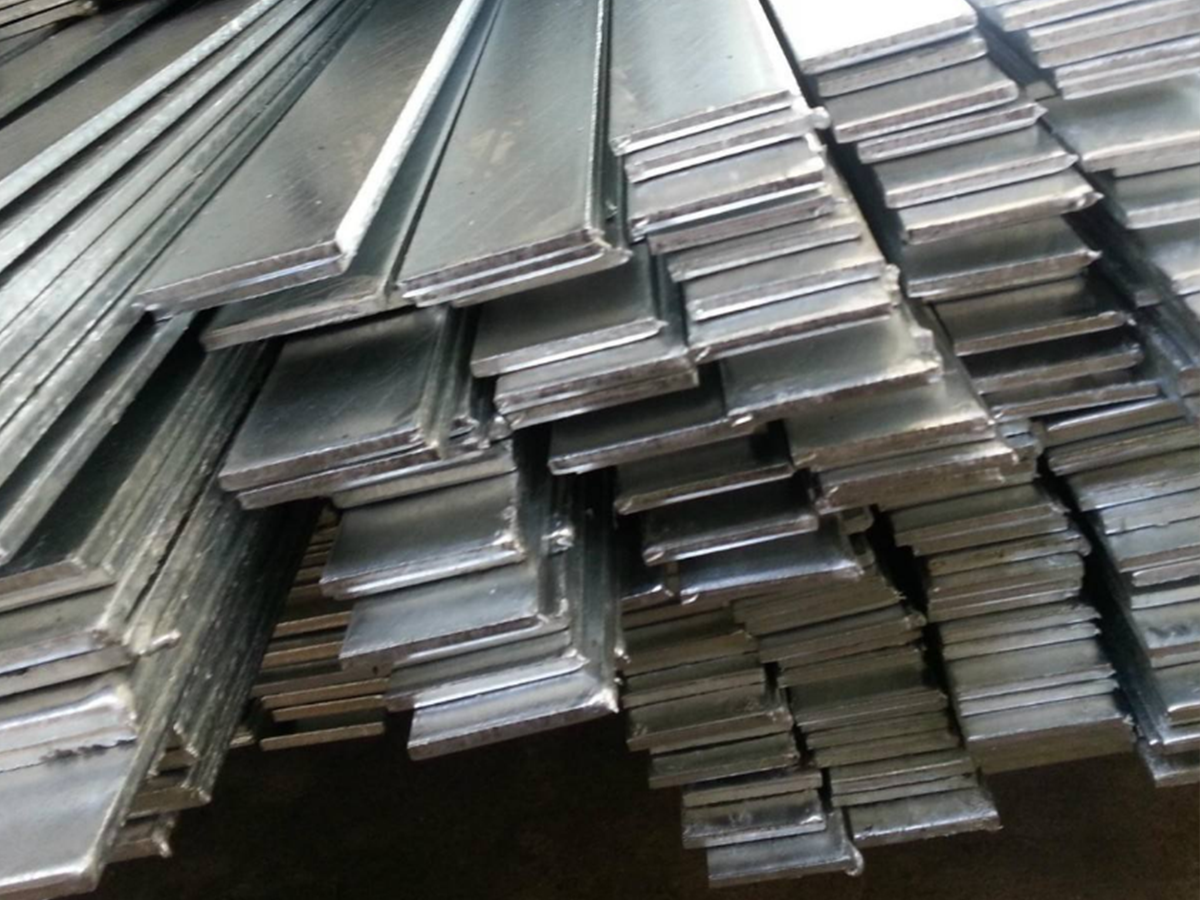Steel plate execution standard:
Chinese execution standard
GB/T 3274-2017
GB/T 713-2014
GB/T 2518-2008
GB/T 19879-2023
GB/T 21237-2018
European execution standard
EN 10025-2004
EN 10149-2001
American execution standard
ASTM A36/A36M-2017
ASTM A516/A516M-2017
International execution standard
ISO 630-2015
Steel plates are produced by pressure processing, rolling steel into flat products with uniform thickness and regular shape. We can provide threading, pipe cutting, head reduction, chamfering and diameter reduction, color band marking, modification of markings, oil spraying and painting, packaging, and crating for export processing services.
Category:
Keywords:
Steel plate

Descriptions
Product Introduction
Steel plates are produced by pressure processing, rolling steel into flat products with uniform thickness and regular shapes. During the production process, steel billets undergo multiple processes such as heating, rough rolling, and finishing rolling. Different rolling equipment and process parameters are used to control the thickness, width, and length of the steel plates to meet various application needs. According to the production process, steel plates can be divided into hot-rolled steel plates, cold-rolled steel plates, galvanized steel plates, etc.; according to material properties, there are also various types such as carbon steel plates, alloy steel plates, and stainless steel plates. Different types of steel plates, with their unique properties, play a key role in many fields.
Product Advantages
Diverse Properties and Wide Applicability
Steel plates come in a wide variety of types, each with unique properties to meet diverse needs in different scenarios. Hot-rolled steel plates, having undergone high-temperature rolling, possess good toughness and weldability, suitable for manufacturing large structural components; cold-rolled steel plates have high surface precision and good flatness, often used in automotive manufacturing and appliance production where surface quality is critical; galvanized steel plates have a zinc coating, providing excellent corrosion resistance, performing exceptionally well in construction, bridges, and other projects with long-term outdoor exposure; stainless steel plates, with their acid and alkali corrosion resistance and oxidation resistance, are indispensable in industries with extremely high hygiene and corrosion resistance requirements, such as food processing and medical equipment. This diversity of properties allows steel plates to be widely used in various industries, becoming an indispensable basic material in industrial production and engineering construction.
High Strength and Good Load-Bearing Capacity
Steel plates, after professional rolling process treatment, have an optimized internal structure, resulting in high strength and good load-bearing capacity. Whether it is withstanding vertical pressure, horizontal tension, or resisting torsional deformation, steel plates can maintain a stable structure due to their mechanical properties. In the construction field, key parts such as the steel structure framework of high-rise buildings and the load-bearing beams of bridges rely on the high strength of steel plates to support huge loads; in mechanical manufacturing, steel plates are used to manufacture the bodies and parts of heavy machinery, ensuring that the equipment can withstand various complex stresses during operation, guaranteeing normal operation and safety.
Good Processing Performance
Steel plates have excellent processing adaptability and can be processed into parts and components of various shapes and sizes through various processing methods such as cutting, welding, stamping, and bending. Cutting technology can precisely cut steel plates to the required size; welding technology can firmly connect multiple steel plates to build complex structures; stamping and bending processing can give steel plates specific shapes to meet the design requirements of different products. For example, in automobile manufacturing, stamping technology is used to process steel plates into car body shells, doors, and other parts; in shipbuilding, bending and welding technology is used to create the curved structure of the ship's hull. These convenient processing methods not only improve production efficiency but also reduce processing costs, allowing steel plates to better adapt to various production and manufacturing needs.
High Degree of Customization
The specifications and properties of steel plates can be customized according to actual needs. Users can choose the appropriate steel plate thickness, width, length, material, and surface treatment method according to the specific requirements of the project or product. For steel plates with special purposes, the strength, hardness, corrosion resistance, and other performance indicators can be customized by adjusting the chemical composition and production process. This high degree of customization allows steel plates to precisely match the needs of different projects and products, improving material utilization, reducing resource waste, and providing users with more targeted solutions.
Industry Applications
Construction Industry
Building Structures: In construction projects, steel plates are the core material for building steel structures. From high-rise office buildings and large stadiums to industrial plants, steel plates are used to manufacture key load-bearing components such as steel beams, steel columns, and steel trusses. Their high strength and good load-bearing capacity can effectively support the weight of the building and withstand natural disasters such as earthquakes and wind, ensuring the safety and stability of the building structure. For example, in the core tube structure of super-high-rise buildings, steel columns and beams made of thick steel plates work together with concrete to greatly improve the building's seismic performance and overall stability.
Building Decoration: Steel plates are also widely used in building decoration. Through surface treatment and artistic processing, steel plates can present a variety of appearances. Color-coated steel plates are used for building exterior wall decoration, with bright colors and good durability, adding unique visual appeal to buildings; stainless steel plates are often used for interior decoration parts such as elevator cabs and door handles. Their bright and beautiful surface not only enhances the grade of the building but also has good wear resistance and easy cleaning properties.
Roofing and Wall Materials: Steel plates are also often used as roofing and wall materials. Shaped steel plates, formed by roll-forming, are made into corrugated or other shaped plates, with advantages such as light weight, high strength, and easy installation, widely used in the roofs and walls of industrial plants and warehouses; sandwich steel plates are composed of two layers of steel plates and an intermediate heat-insulating material, with good heat insulation, heat preservation, and sound insulation properties, suitable for buildings with high energy-saving and comfort requirements, such as commercial buildings and public buildings.
Automotive Manufacturing Industry
In automobile manufacturing, steel plate is one of the most used materials. Cold-rolled steel plates are used to manufacture various parts of the car body, such as the car body shell, doors, and engine hood. Their high-precision surface quality and good forming performance can meet the strict requirements of the car's appearance and structure; high-strength steel plates are used in key safety parts of the car, such as the bumper beam and chassis frame, effectively absorbing energy in the event of a collision to protect the occupants; galvanized steel plates are used for the car chassis and some easily corroded parts to improve the car's corrosion resistance and extend its service life. In addition, with the development of automotive lightweighting technology, new materials such as advanced high-strength steel plates and aluminum alloy steel plates are gradually being used in automobile manufacturing, reducing the weight of the car and improving fuel economy while ensuring the car's safety performance.
Shipbuilding Industry
Shipbuilding has extremely high requirements for the quality and performance of steel plates. Ship steel plates need to have high strength, good toughness, and corrosion resistance to adapt to the harsh conditions of the marine environment. In ship construction, steel plates are used to manufacture structural components such as the hull, deck, and bulkhead. Thick steel plates are used in parts such as the bottom and sides of the ship that bear large water pressure and external forces to ensure the strength and stability of the hull; weathering steel plates and corrosion-resistant alloy steel plates are used for the outer plates and parts of the ship that are easily corroded by seawater to improve the corrosion resistance of the ship and reduce maintenance costs. At the same time, shipbuilding also requires a large number of special steel plates, such as low-temperature steel plates and high-strength structural steel plates, to meet the requirements of different ship types and uses.
Mechanical Manufacturing Industry
In the field of mechanical manufacturing, steel plates are the basic material for manufacturing various mechanical equipment and components. From large mining machinery and engineering machinery to precision machine tools, steel plates are used to manufacture the bodies, bases, and supports of equipment, as well as components such as gears, shafts, and flanges. Selecting appropriate steel plate materials and performance indicators based on different usage requirements ensures that mechanical equipment can withstand various complex loads and operating conditions during operation. For example, in the manufacturing of excavators, high-strength steel plates are used to manufacture key components such as booms and sticks, enabling them to withstand tremendous digging force and impact; wear-resistant steel plates are used in easily worn parts such as excavator buckets and track plates, increasing the service life of components and reducing equipment maintenance costs.
Energy Industry
Petrochemical: In the petrochemical industry, steel plates are widely used in the manufacturing of various storage tanks, reactors, and pipelines. Stainless steel plates and corrosion-resistant alloy steel plates are used for storage tanks and pipelines that store and transport corrosive media, preventing media leakage and equipment corrosion; high-strength steel plates are used to manufacture large reactors and pressure vessels, ensuring the safe operation of equipment under high temperature, high pressure, and complex chemical environments. In addition, steel plates are also used to manufacture steel structural frames and support components for petrochemical equipment, providing stable support for the equipment.
Power Equipment: In the power industry, steel plates are used to manufacture the casings and cores of power equipment such as transformers, reactors, and generators. Silicon steel sheets are a special type of steel plate with high permeability and low iron loss, used to manufacture transformer and motor cores, improving the electromagnetic performance and efficiency of the equipment; steel plates are also used to manufacture power towers and transmission line towers. Their high strength and good weather resistance ensure that power facilities operate stably under various climatic conditions, guaranteeing reliable power transmission.
Related Product
Q&A

Yong Li Steel (Tianjin) Co., Ltd. is a modernized steel enterprise integrating steel


the company has advanced production equipment


Tianjin, the company has advanced production equipment


Yong Li Steel (Tianjin) Co., Ltd. is a modernized steel enterprise integrating steel production

Consult
We will contact you within one working day. Please pay attention to your email.









